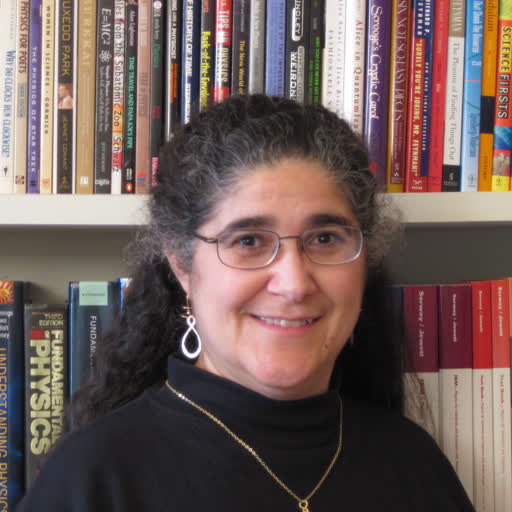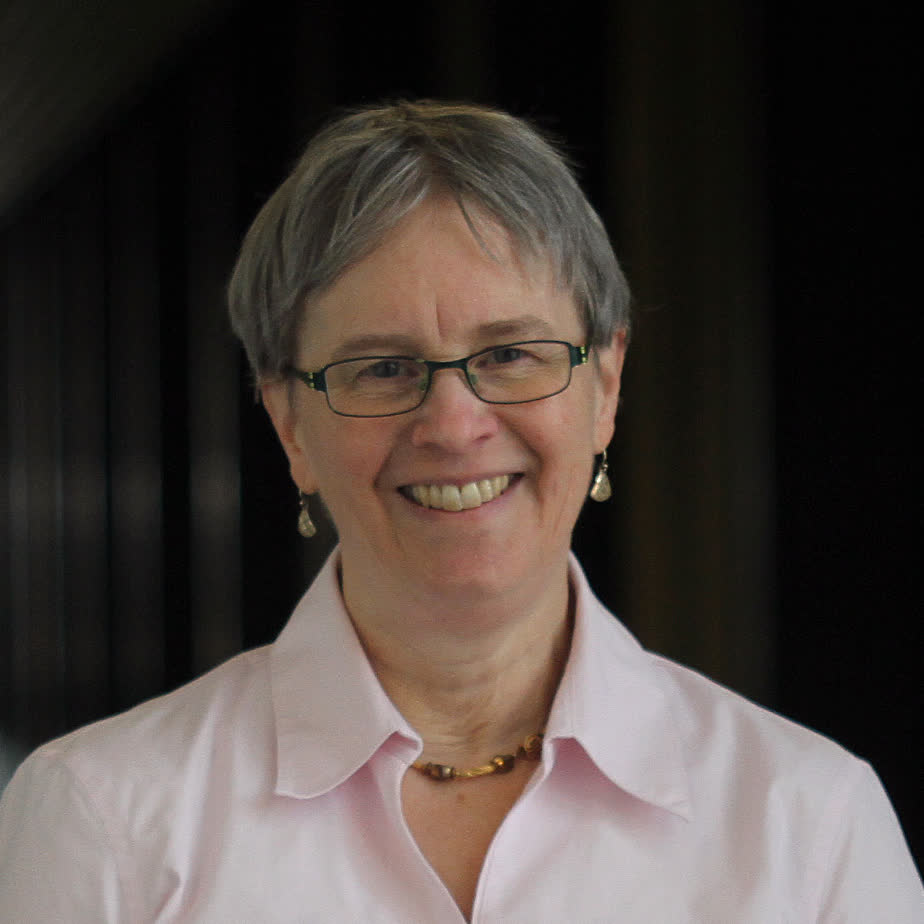Daniel Young
Pedagogical Methods Used
Peer Instruction / Think-Pair-Share, Collaborative problem-solving, Context-rich problems, Ranking tasks, SCALE-UP / studio / workshop physics, Mathematically-focused activities, Experimentally-focused activities, Tutorials
Education Research and Pedagogy Expertise
Development of mental models, using said models to inform construction of pedagogical materials, student understanding of fluids
Describe the courses that you teach for life sciences students
The IPLS two-semester course sequence at UNC-CH is taught in the integrated Lecture/Studio format where students attend two 50-minute lectures and two 110-minute studios per week. Lectures and studios are interleaved such that students attend a large lecture section and associated smaller studio section twice per week. We refer to each lecture and its associated studio as a module. The courses are “department owned” in that they are not tied to a specific faculty member and cannot be changed without consensus.
What is your approach to teaching physics for life science students?
We created a suite of 54 modules, each consisting of studio activities (Physics Activities for Life Sciences), an interactive lecture, and assessment questions, all of which have been developed using the findings and best practices from PER. This suite includes materials for many topics that are important for life science majors, but are not part of the traditional introductory physics curriculum, including stress and strain, diffusion, chemical energy, and life at low Reynolds numbers.
CONTRIBUTIONS
Fluids are essential to life for transportation of food, waste, signals, organisms and propagules.
Static Pressure, Flow Rate, Bernoulli's Principle, Hagen-Poiseuille Equation, Viscosity
Healthy Cardiovascular Function, Biomechanical, Physical Mechanisms






